
Predicting the Woman Hairstyles of the Future: 7 Trends Shaping the Next Decade | Tech & Sustainability
12 min read

12 min read

12 min read
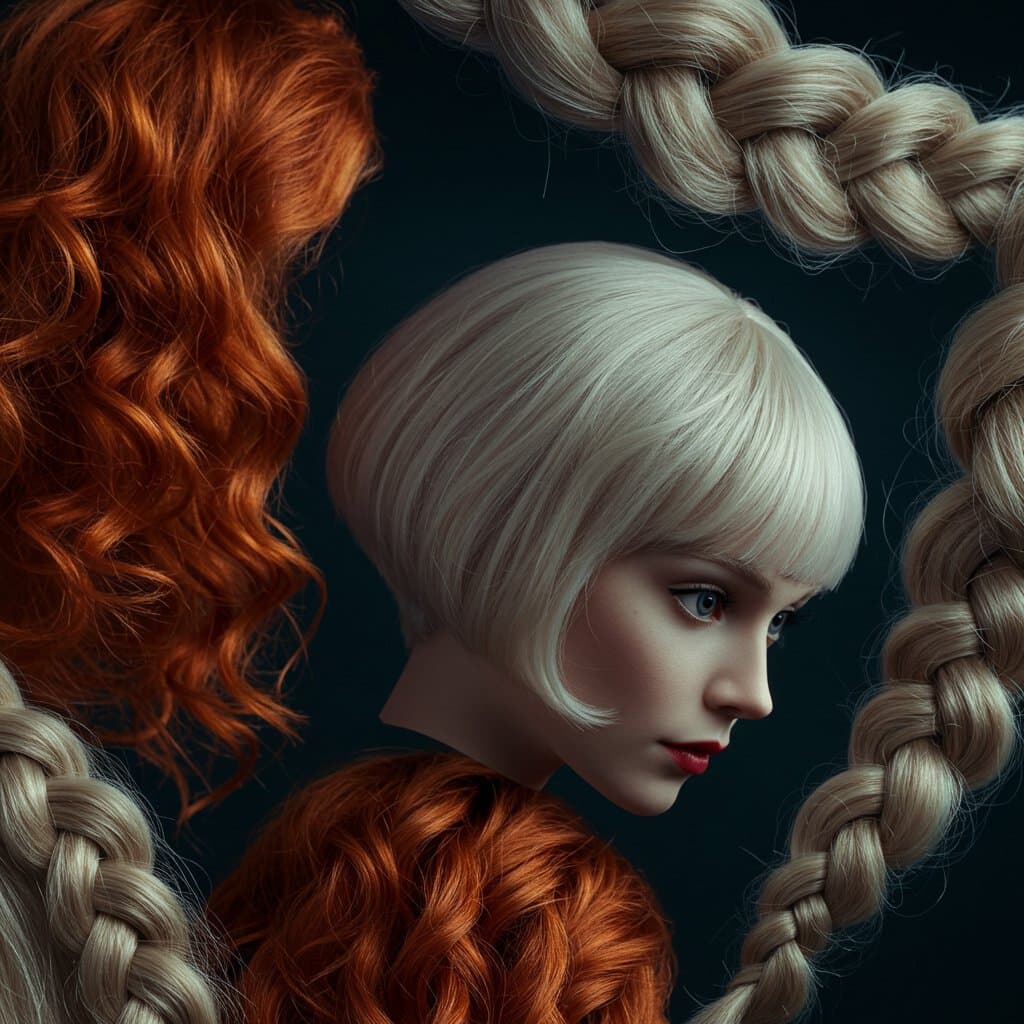
14 min read
Download our app to instantly see how you'd look with any hairstyle or color
Get the App
12 min read

10 min gallery
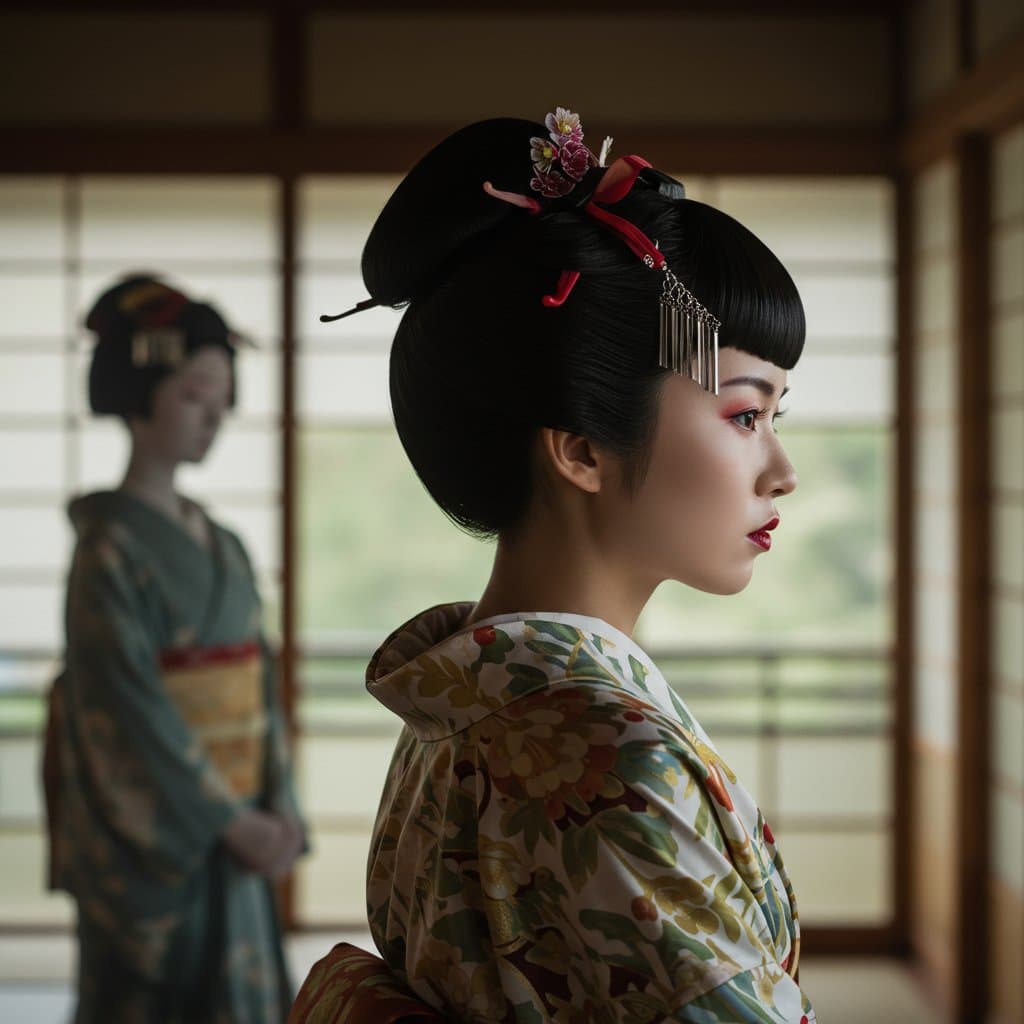
14 min read
Download our app to instantly see how you'd look with any hairstyle or color
Get the AppHave you ever wondered why we associate certain personality traits with specific hair colors? From the 'fun-loving blonde' to the 'fiery redhead,' our society is filled with cultural shorthand that links our hair shade to our inner character. This isn't just a coincidence; it's a fascinating field known as the psychology of hair color. Your choice of hair color is one of the most immediate and powerful forms of non-verbal communication you can make. It can influence first impressions, shape how others perceive you, and even affect your own self-image and behavior. Whether you're embracing your natural hue or choosing a bold new shade at the salon, you're making a statement about who you are—or who you want to be.

This deep dive into the psychology of hair color explores the science, stereotypes, and surprising truths behind what our hair reveals. We'll move beyond the surface-level clichés to understand the cultural, historical, and evolutionary roots of these perceptions. Understanding these associations can be empowering. It allows you to consciously choose a color that aligns with your personal brand, career goals, or the next chapter of your life. Get ready to see your hair—and the hair of everyone around you—in a whole new light. It’s more than just a color; it’s a narrative you wear every single day.
Our tendency to associate traits with hair color isn't a modern invention. These perceptions are deeply rooted in evolutionary biology, cultural history, and media representation. From an evolutionary standpoint, hair color and quality signaled health and genetic fitness. Lighter hair, for instance, is more common in younger children and tends to darken with age, which may have subconsciously linked blondness with youth, fertility, and vitality. In contrast, darker hair is the global norm, often associated with a larger, more dominant gene pool, which could contribute to perceptions of strength and reliability.
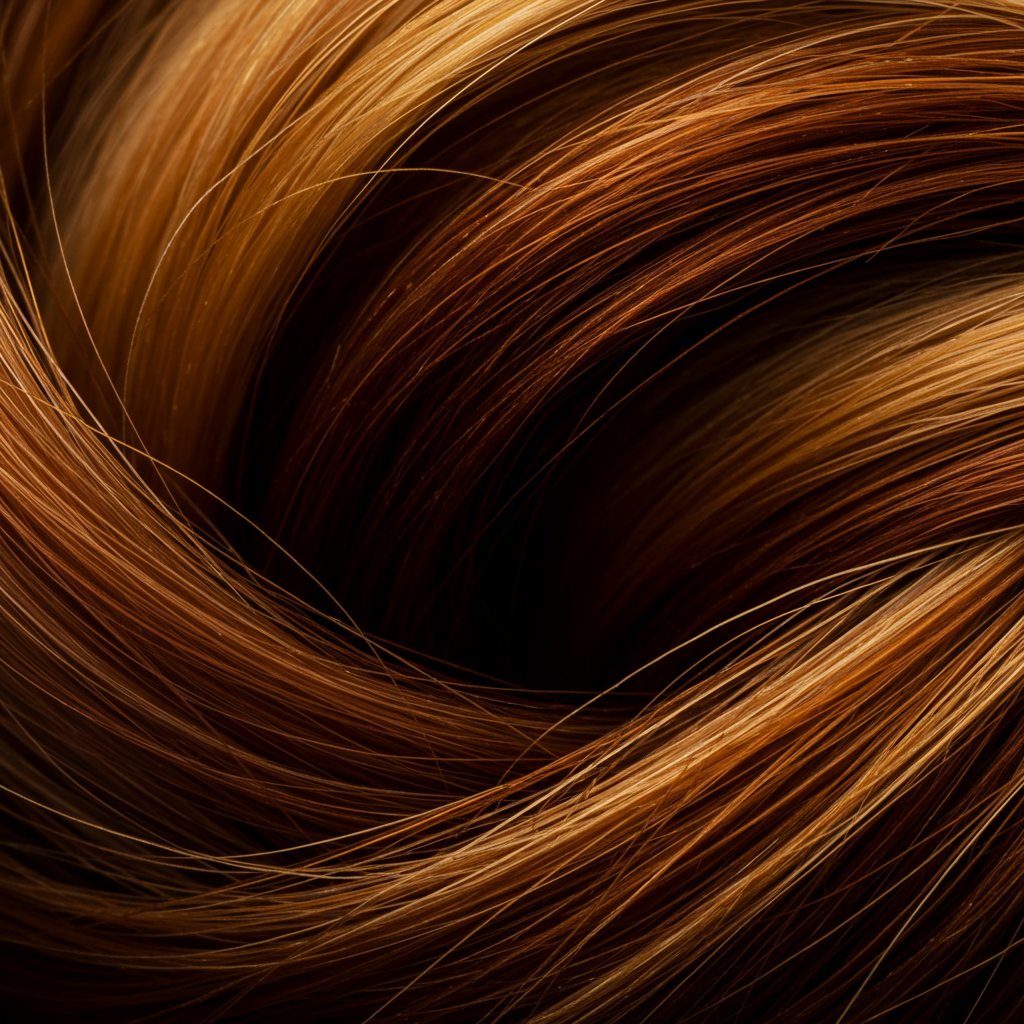
Culturally, these associations have been magnified and molded over centuries. In ancient Rome, blonde hair was associated with prostitutes from Gaul, yet it later became a desirable trait sought after by noblewomen who wore wigs made from the hair of Germanic captives. The rarity of red hair in many cultures led to a mix of suspicion and fascination, associating it with everything from witchcraft in medieval Europe to royalty and passion. The media, especially in the 20th and 21st centuries, has played a monumental role in cementing these stereotypes. Hollywood created archetypes like the 'blonde bombshell' (Marilyn Monroe) and the 'girl-next-door brunette' (Audrey Hepburn), which have had a lasting impact on our collective consciousness.
These deeply ingrained biases mean that when we meet someone, our brain quickly accesses this vast library of cultural and historical references to make snap judgments. While often inaccurate and unfair, these cognitive shortcuts are a reality of human interaction. Understanding this foundation is the first step to deconstructing the stereotypes and appreciating the true depth of the psychology of hair color.
Blonde hair has long been a subject of fascination and a powerful symbol in Western culture. The stereotypes are well-known: fun-loving, approachable, and perhaps a bit carefree. Studies have shown that people may perceive blondes as more sociable and outgoing. This perception can be a double-edged sword; while it might make someone seem more approachable in social settings, it can also lead to them being underestimated in professional environments. The 'dumb blonde' trope, though outdated and offensive, still lingers in the cultural background, forcing many blonde professionals to work harder to prove their intelligence and competence.

However, the modern interpretation of blonde is shifting towards power and confidence. A woman who chooses to go platinum or icy blonde is often making a bold, deliberate statement. It signals high maintenance, attention to detail, and a certain fearlessness. This shade is less about being 'natural' and more about crafting a specific, powerful aesthetic. It’s a color that says, “I am here, and I am in control.”
Brunettes hold a unique position in the psychology of hair color, often being perceived as the most intelligent, capable, and stable. In numerous studies, both men and women have rated individuals with brown hair as more competent, responsible, and trustworthy. This perception can be a significant advantage in the corporate world, where traits like reliability and seriousness are highly valued. Brunettes are often seen as the 'thinking person's' choice, embodying a sense of groundedness and depth that can be both calming and commanding.
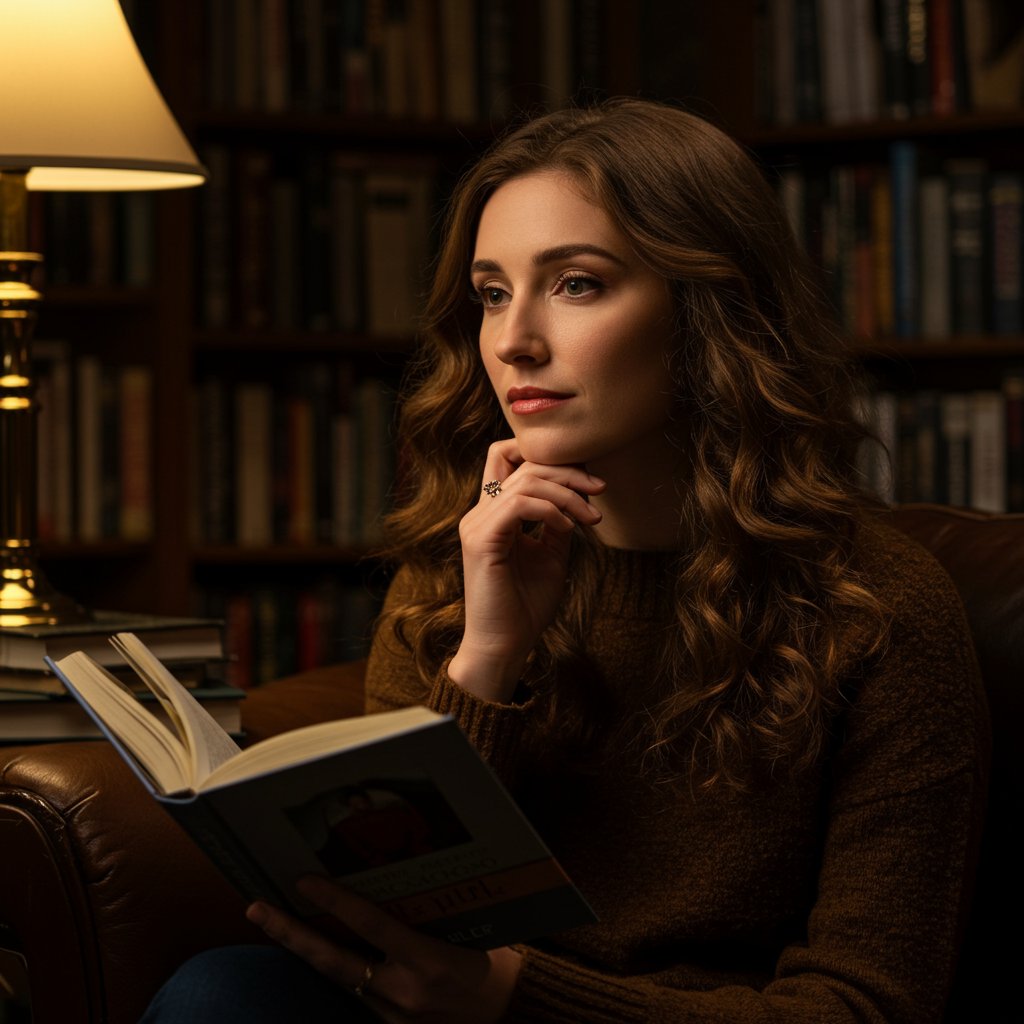
This association with intelligence isn't just a modern stereotype. Historically, darker hair has been the global majority, representing a sense of normalcy and stability. Media often portrays brunettes in roles of power and intellect—doctors, lawyers, and CEOs. They are less likely to be typecast into frivolous roles, instead embodying characters with substance and complexity. This has created a powerful feedback loop where we expect brunettes to be serious and dependable, and they are often treated as such, reinforcing the stereotype.
With natural red hair being the rarest shade (found in only 1-2% of the world's population), redheads are immediately set apart. This rarity has fueled a powerful and often contradictory set of perceptions. Throughout history, redheads have been seen as fiery, passionate, and temperamental. This links back to cultural folklore where red was the color of fire, desire, and danger. They are often perceived as having a wild streak, being more adventurous, and possessing a unique and artistic sensibility.
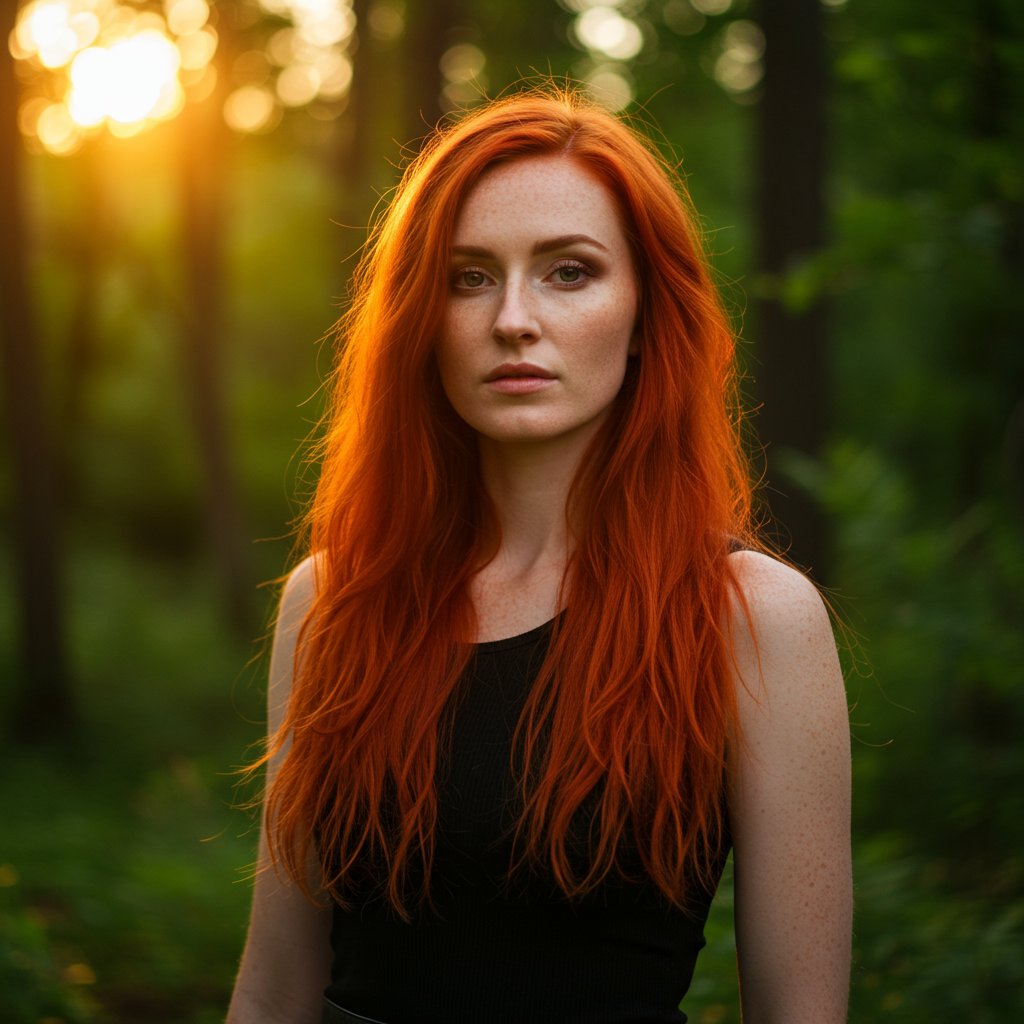
This perception of being different can be incredibly empowering. Redheads are often seen as confident and unafraid to stand out from the crowd. However, it can also come with a history of being 'othered' or exoticized. In the modern era, choosing to dye one's hair a vibrant shade of red is a deliberate act of claiming that uniqueness. It's a color that refuses to be ignored, signaling confidence, creativity, and a personality that is as vibrant as the shade itself.
Black hair, the most common hair color globally, carries with it powerful psychological associations of strength, sophistication, and mystery. In many cultures, jet-black hair is seen as a sign of vitality, health, and classic beauty. It projects an aura of authority and decisiveness, often being linked to individuals who are seen as powerful, elegant, and perhaps a little bit mysterious or introspective. The starkness of the color creates a dramatic frame for the face, drawing attention to the eyes and bone structure.
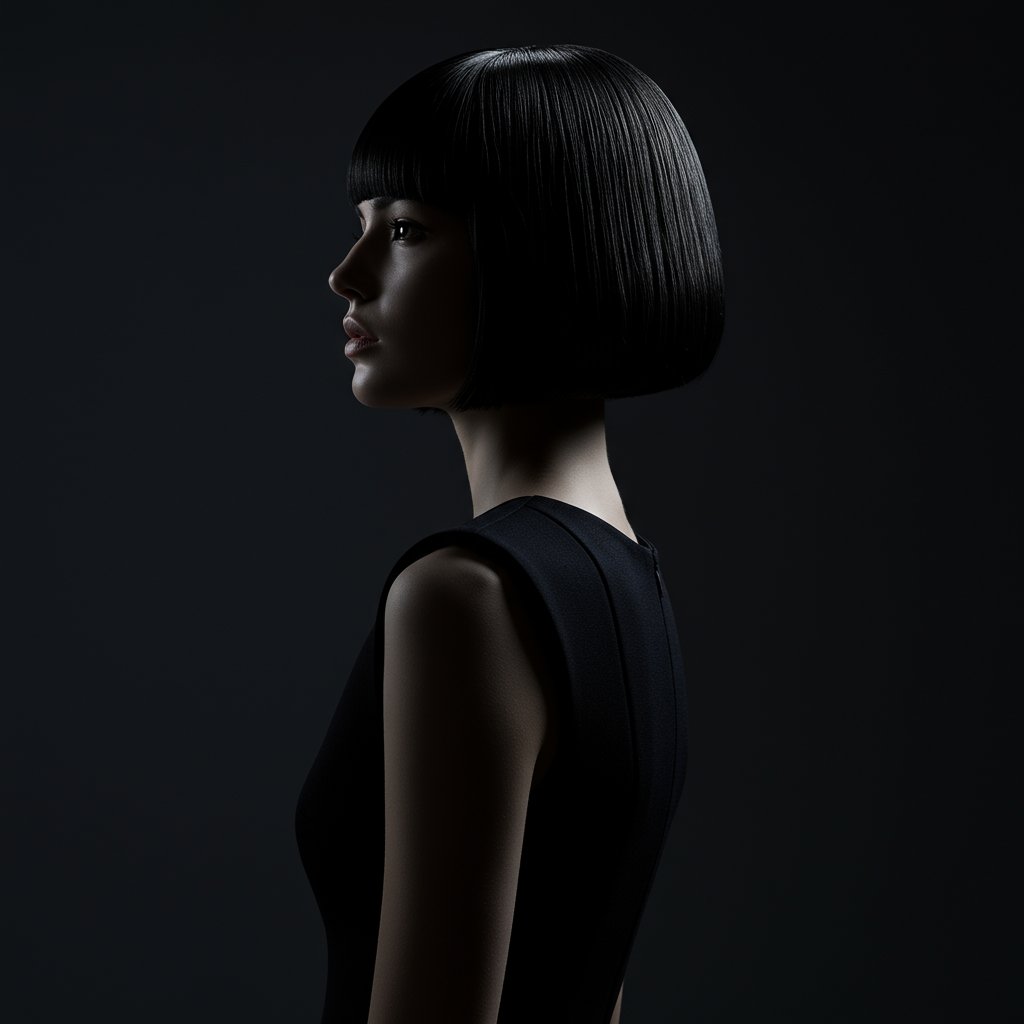
In a professional context, black hair can be a significant asset. It's perceived as sleek, professional, and no-nonsense. Think of the classic image of a powerful executive or a high-fashion editor; very often, they are depicted with sharp, black hair. This color doesn't shout for attention with brightness; instead, it commands it with its depth and intensity. It suggests a person who is self-assured, grounded, and possesses a quiet, formidable strength. It's a timeless color that speaks of elegance, substance, and an intriguing inner world.
In recent years, the spectrum of acceptable and fashionable hair color has exploded to include every shade of the rainbow. Pinks, blues, purples, greens, and multi-colored 'mermaid' or 'galaxy' hair are no longer just for punk rockers or rebellious teens. These fantasy colors have entered the mainstream, and they carry a unique psychological weight. Choosing an unnatural hair color is a clear and intentional statement of individuality, creativity, and non-conformity. It signals to the world that the wearer is not afraid to break from tradition and express their inner self visually.
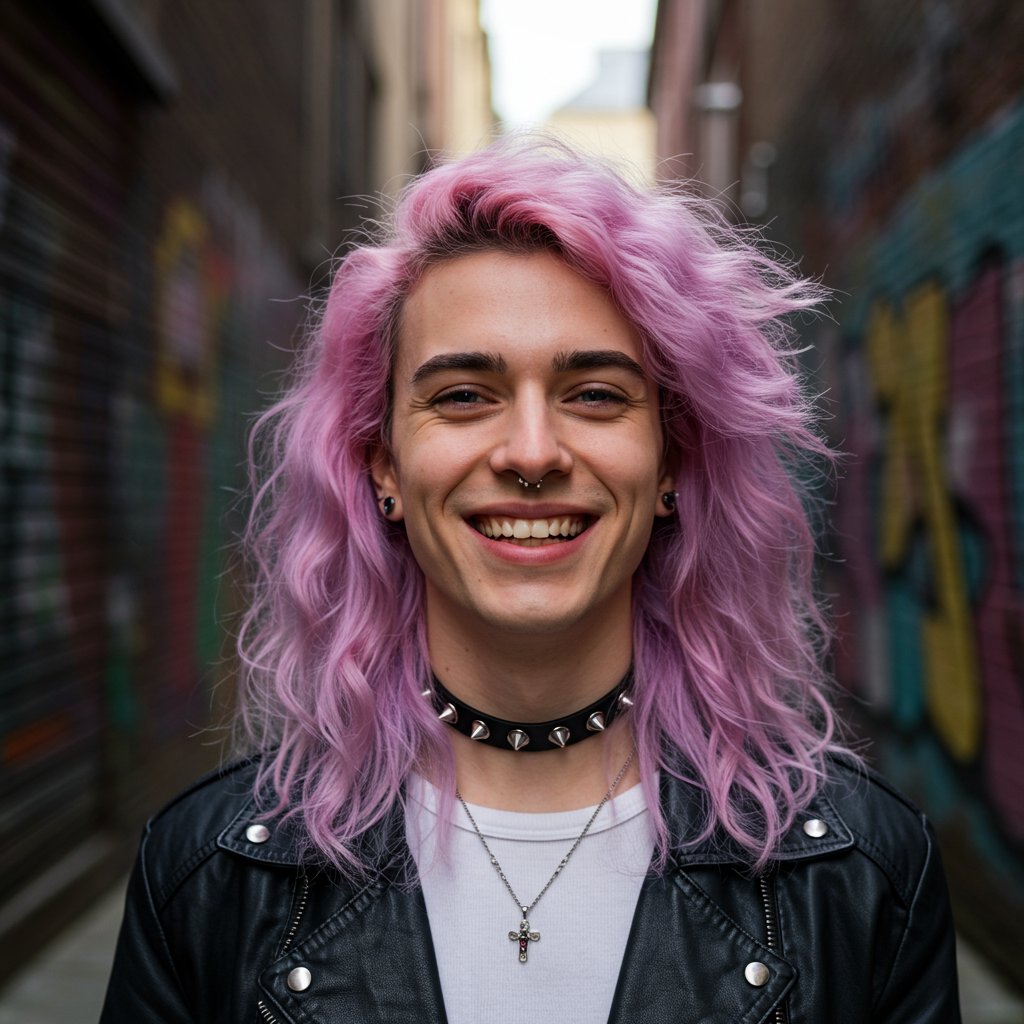
Each color carries its own connotations. Soft pastels like lavender and baby pink can be seen as whimsical, dreamy, and gentle, suggesting a creative and artistic personality. Bold, vibrant colors like electric blue or neon green project energy, confidence, and a more rebellious, attention-grabbing spirit. These colors can be a powerful tool for self-expression, allowing individuals to align their outward appearance with their personality, their artistic endeavors, or simply their mood. In a world that often pressures conformity, fantasy hair is a celebration of personal freedom and creativity.
The perception of gray and silver hair has undergone a radical transformation. What was once seen solely as a sign of aging to be covered up is now increasingly embraced as a symbol of wisdom, confidence, and authenticity. The 'silver fox' trend has empowered both men and women to wear their natural grays with pride. This shift reflects a broader cultural move towards embracing natural beauty and valuing the experience that comes with age. Choosing to go gray is a powerful statement of self-acceptance.
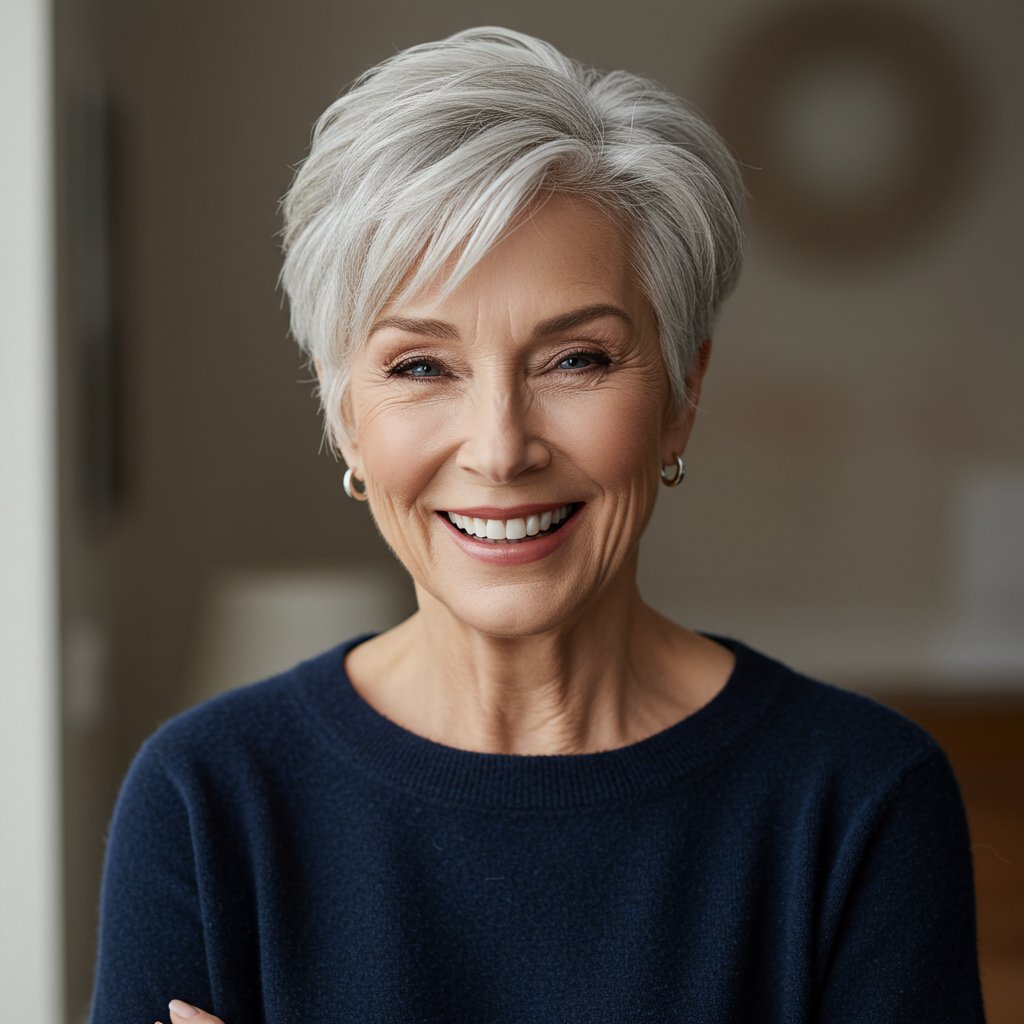
For many, it's a liberating decision, freeing them from the constant cycle of dyeing and maintenance. Psychologically, it signals a person who is comfortable in their own skin, confident in their life experience, and unconcerned with outdated beauty standards. In professional and social settings, silver hair can command a unique form of respect, conveying authority, wisdom, and a life well-lived. It's a chic, sophisticated look that is both timeless and thoroughly modern.
Changing your hair color can be a transformative experience, a way to signal a new chapter or to align your outward appearance with your inner self. When considering a new shade, think beyond just what complements your skin tone. Ask yourself: What message do I want to send? How do I want to be perceived at work or in my social life? An experienced stylist can be your greatest ally in this process, acting as both an artist and a consultant.
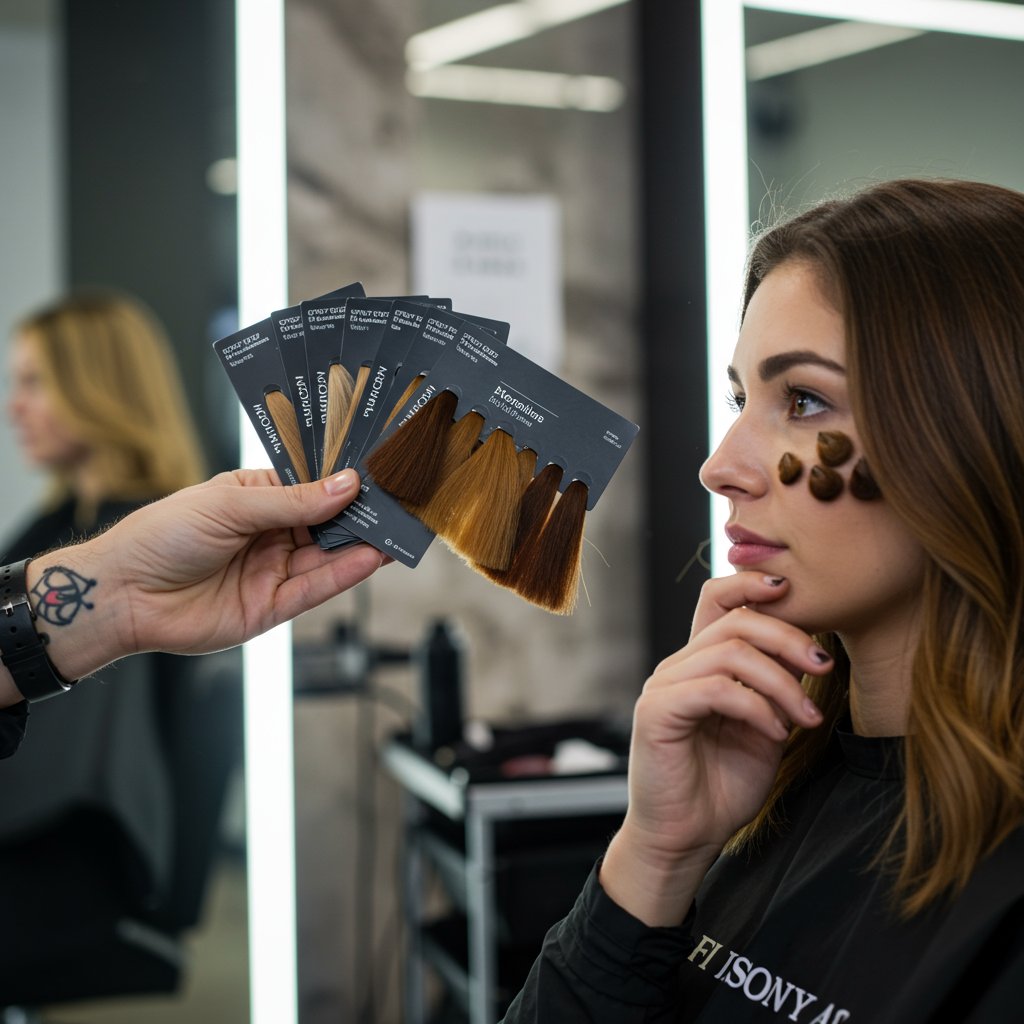
Ultimately, the psychology of hair color is a fascinating lens through which to view human perception, but it should never be a prison of stereotypes. The most powerful hair color you can wear is the one that makes you feel the most confident, authentic, and beautiful. Whether you're a natural brunette who feels most herself with her earthy tones, or you're a born blonde who feels empowered by a dramatic switch to jet black, your hair is your canvas. It's a personal statement and a story that you get to write and rewrite as you see fit.
Understanding the subconscious messages your hair color sends is not about conforming to expectations, but about harnessing them. It's about making a deliberate, informed choice that empowers you to present yourself to the world exactly as you wish to be seen. So embrace your chosen shade, wear it with confidence, and let your color be a true reflection of the incredible individual you are.
Download our app to instantly see how you'd look with any hairstyle or color
Get the App
12 min read

12 min read

14 min read